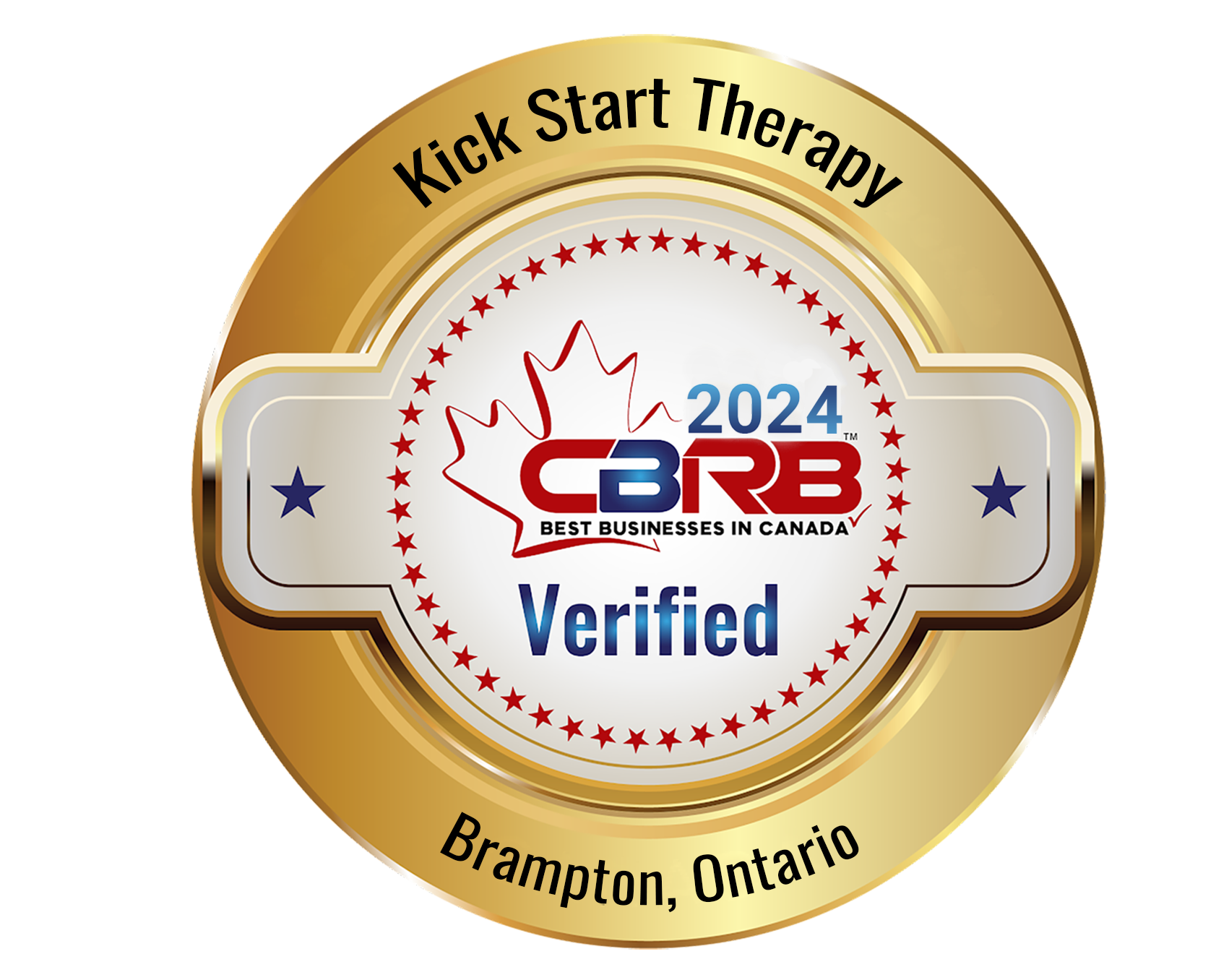
Sensory processing is how the brain interprets and responds to information from the five senses—touch, smell, taste, sight, and hearing. For most children, this process happens seamlessly, allowing them to engage in everyday activities such as getting dressed, eating, or playing without much effort. However, for some children with sensory processing disorders (SPD), this seemingly simple process can be overwhelming, leading to challenges in daily activities and behavior.
Occupational therapy (OT) plays a crucial role in helping children with SPD navigate these challenges. By understanding how different types of sensory processing disorders affect children and knowing how to create supportive environments, parents, teachers, and caregivers can help children lead more fulfilling and independent lives.
Understanding Sensory Processing Disorders
Sensory processing disorders occur when the brain has difficulty organizing and responding to sensory information. This can result in children being overly sensitive (hypersensitive) or under-sensitive (hyposensitive) to stimuli.
Sensory processing disorders:
1.Sensory Modulation Disorder (SMD):Children with SMD may be hypersensitive to sensory input (overreacting to sounds, lights, or textures) or hyposensitive (under-reacting, such as not noticing pain or cold). They may avoid certain activities or, conversely, seek out intense sensory experiences.
2.Sensory-Based Motor Disorder (SBMD):This type affects motor skills and movement, making it difficult for children to maintain balance, coordinate their movements, or perform tasks like writing or tying their shoes.
3.Sensory Discrimination Disorder (SDD):Children with SDD have trouble distinguishing between different types of sensory input. For example, they may struggle to differentiate between textures, sounds, or tastes, which can make daily activities challenging.
These disorders can significantly impact a child's daily life, making routine activities like dressing, eating, or interacting with peers difficult or stressful.
Occupational Therapy in Sensory Processing Disorders
Occupational therapy is essential for children with SPD, as it focuses on helping them develop the skills they need to manage everyday tasks. OT sessions for children with sensory processing disorders are typically designed to help them understand and cope with sensory stimuli while improving their motor skills, coordination, and social interaction.
Occupational therapists begin by assessing a child's sensory preferences, triggers, and challenges. This helps create a personalized treatment plan that may include:
Sensory Integration Therapy:This type of therapy involves exposing children to sensory experiences in a controlled and structured way, allowing them to develop more appropriate responses to sensory stimuli.
Motor Skill Development:Therapists work with children to improve their fine and gross motor skill. This could include activities that enhance hand-eye coordination, balance, and muscle strength.
Coping Strategies:Children are taught coping techniques to help them manage overwhelming sensory input. These strategies can range from deep breathing exercises to learning how to ask for breaks when overstimulated.
By using these techniques, occupational therapy helps children become more comfortable with sensory stimuli, making daily activities like dressing, eating, and playing less stressful.
Practical Tips for Parents and Educators
Supporting a child with sensory processing disorders requires understanding their unique sensory needs and creating environments that promote comfort and success. Here are some practical tips for parents and educators to help children with SPD thrive in daily activities:
Create a Sensory-Friendly Space:At home and school, it’s essential to create a sensory-friendly space where the child can feel safe and relaxed. This might include reducing bright lights, using noise-canceling headphones, or providing access to soft textures or calming scents.
Use a Sensory Diet:A sensory diet is a personalized plan of sensory activities designed to meet a child’s unique needs. These activities, which might include swinging, jumping, or deep-pressure hugs, help the child stay calm and focused throughout the day. Occupational therapists can help parents and educators develop an appropriate sensory diet.
Offer Choices and Control:Children with SPD often feel out of control, so providing them with choices in their daily activities can empower them. For example, when dressing, offer two different fabric choices that feel comfortable to the child.
Offer Choices and Control:Children with SPD often feel out of control, so providing them with choices in their daily activities can empower them. For example, when dressing, offer two different fabric choices that feel comfortable to the child.
Use Visual Schedules:Children with SPD can benefit from visual schedules that outline daily tasks in a clear, predictable manner. This helps reduce anxiety about transitions and expectations, allowing them to better prepare for changes in activity.
Encourage Breaks:For children who become easily overwhelmed, regular sensory breaks throughout the day can make a significant difference. Activities like swinging, rolling on the floor, or using a weighted blanket can help calm their nervous system.
Incorporate Movement:Children with sensory-based motor disorders often benefit from physical activities that improve coordination and strength. Activities like climbing, hopping, or swimming can be fun and therapeutic, helping children build the motor skills needed for everyday tasks
Communicate with Teachers and Caregivers:If your child has sensory processing challenges, communicate regularly with their teachers and other caregivers. Sharing strategies that work at home can help create consistency across environments, leading to greater success in managing sensory challenges.
Conclusion
Sensory processing disorders can pose significant challenges for children, but with the right support from occupational therapy and a nurturing environment at home and school, these children can thrive in their daily activities. Through sensory integration therapy, motor skill development, and practical coping strategies, occupational therapists help children develop the tools they need to manage their sensory experiences and participate fully in life. By working together, parents, educators, and therapists can help children with SPD achieve their full potential.







